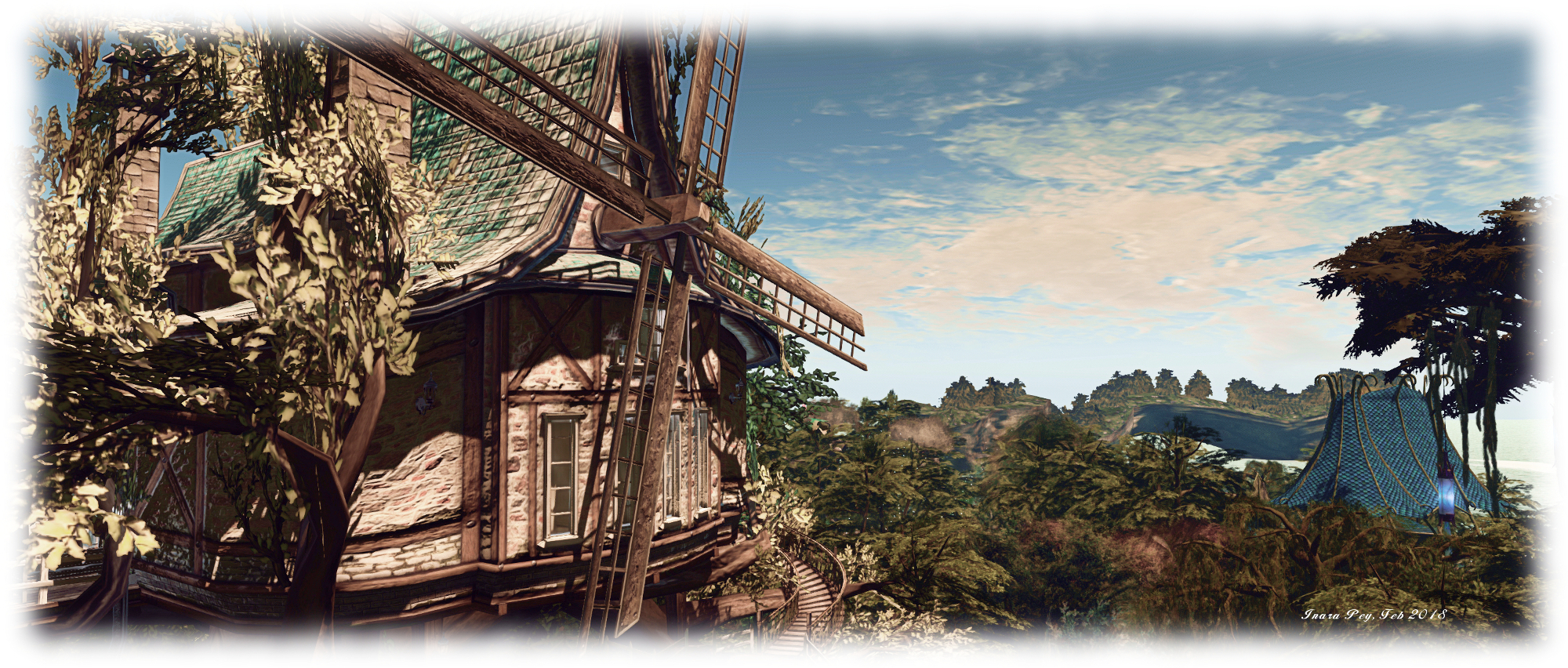
He was the galaxy’s most unlikely celebrity; a man almost every human with a passing interest in space, news or current affairs had likely heard of, even if they didn’t understand his work. For 55 years he “beat the odds”, so to speak, in living with a terminal illness, a rare form of early onset of motor neurone disease (also known as amyotrophic lateral sclerosis (ALS), or Lou Gehrig‘s disease).
Most of all, he forever altered or perception of the cosmos around us. He was able to take the obscure, fringe-like science of cosmology and make it possible the most compelling of space sciences through his insights into gravity, space and time which easily match those of Einstein.
I’m of course speaking about Professor Stephen Hawking, CH CBE FRS FRSA, who passed away on March 14th, 2018 (coincidentally anniversary of the birth of Albert Einstein).
Born on January 8th 1942 (coincidentally, the anniversary of the death of Galileo Galilei) in Oxford, England, Stephen Hawking had a modest – oft described as “frugal” – upbringing. School for the young Stephen was not initially filled with academic prowess – he would later blame the “progressive methods” used at his first school in London, for his failure to learn to read while he attended it.
Things improved after a move to St. Albans, Hertfordshire, where he took his eleven plus examination a year early while attending the independent St Albans School. His parents hoped he would be able to attend the well-regarded Westminster School, London from the age of 13. However, illness prevented him from taking the entrance examination which would have earned him a scholarship to the school, and without it, his parents could not afford the fees.
Instead, Hawking remained at St Albans, spending his time among a close group of friends, gaining an interest in making model aeroplanes, boats, and also fireworks. Most notably at this time, Hawking entered the influence of Dikran Tahta, his mathematics teacher.
Tahta encouraged Hawking’s interest in mathematics and physics, and urged him to pursue one or the other at University. Hawking’s father, however, wanted his son to follow his footsteps and attend his old Alma Mater, University College, Oxford to study medicine. Unwilling to disappoint his father in his choice of college, but heeding Tahta’s urgings, Hawking enrolled at the college, selecting physics as his subject, mathematics not being a part of the college’s curriculum at the time. He would later declare that Tahta was one of greatest influences on his life, alongside Dennis Sciama and Roger Penrose.

Hawking started his university education in 1959 at the age of 17. For his first year-and-a-half he was “bored”, and found his studies “ridiculously easy”. His physics tutor, Robert Berman, would later comment, “It was only necessary for him to know that something could be done, and he could do it without looking to see how other people did it.”
During his second year, Hawking became more outgoing – and as a result, more interested in non-academic pursuits. In particular, he joined the college boat club as a coxswain, quickly becoming popular and fiercely competitive, gaining a reputation as a “daredevil”, often picking risky courses for his crew – sometimes leading to the boat being damaged in his thirst for victory.
The result of this was that his studies suffered, and he admitted that by the time his final examinations came around, he was woefully ill-prepared to take them. As a result, he opted only to answer the theoretical physics questions on his paper, knowing he had insufficient knowledge to answer the factual questions. He gambled doing so would be enough to get him the first-class honours degree he needed if he were to attend Cambridge University for his post-graduate studies in cosmology.

The gamble almost paid off: his results put him on the borderline between first- and second-class honours, requiring he complete an oral exam. As it turned out, his examiners realised they were facing someone far brighter than they on hearing him, and the first-class honours was duly awarded.
Hawking began his graduate work at Trinity Hall, Cambridge, in October 1962 and once again found things difficult. He had hoped to study under Sir Fred Hoyle, but instead found Dennis William Sciama, one of the founders of modern cosmology, was his supervisor. It was at this time that Hawking was diagnosed with motor neurone disease, and given just two years to live.
Understandably, this caused him to almost give up on his studies – only his relationship with his sisters friend, Jane Wilde, whom he met not long before his diagnosis, held interest. The two became engaged in October 1964 and married in July 1965, Hawking commenting that Jane “gave him something to live for”. However, Sciama was not done with Hawking; throughout this period, he gradually persuaded Hawking to resume his studies.



